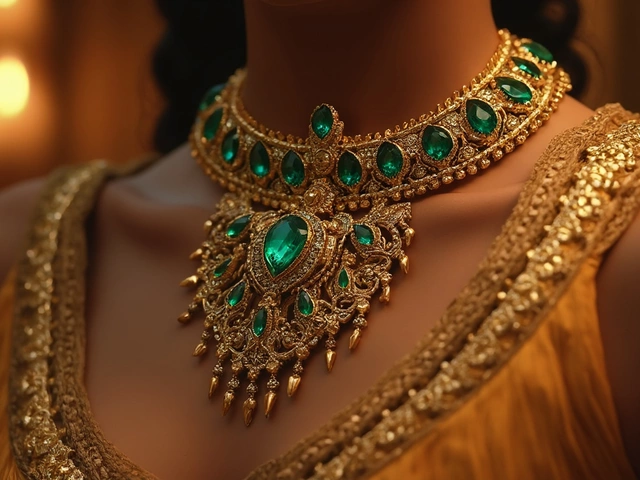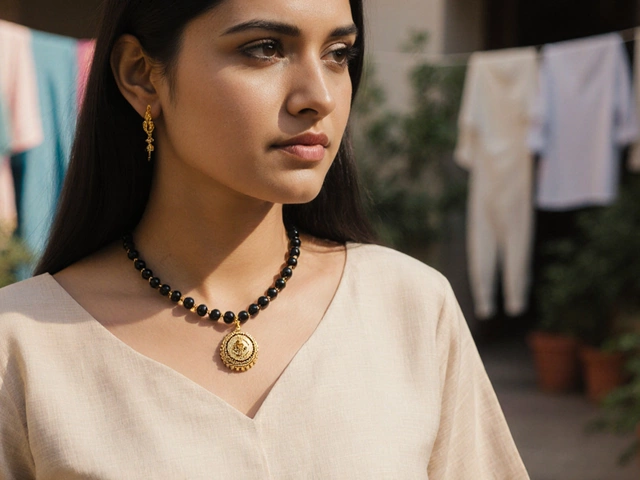Cultural Views: What Indian Traditions Say About Jewelry and Style
India is a land where jewelry isn’t just an accessory – it’s a story, a belief, and a daily habit. Whether you’re picking a nose stud for a wedding or deciding if black bangles fit your outfit, the cultural backdrop shapes every choice. Below we break down the most common pieces, what they mean, and how you can wear them without tripping over tradition.
Nose Pins, Bangles, and Mangalsutra – Symbolism Made Simple
Nose pins are more than a fashion statement. In many Indian families, a small stud marks a girl’s transition into womanhood and can even be linked to fertility myths. The style you choose – a tiny gold dot or a dainty hoop – often reflects regional flavors. For a modern twist, try a tiny stud with a subtle gemstone; it honors the tradition while staying fresh.
Black bangles carry a surprisingly deep meaning. While they look sleek with a sari, they also symbolize protection against the evil eye in many communities. Pair them with bright silk or a simple cotton dress to let the bangles stand out. If you’re unsure, start with a single black bangle and see how it feels on your wrist.
The mangalsutra is the ultimate marriage symbol. Traditionally a black bead string on a gold chain, it signals a woman’s married status. Today, designers mix metals, add diamonds, or replace the black bead with colorful stones. When choosing one, think about your daily routine – a lighter chain is easier to wear at work, while a heavier gold piece fits ceremonial occasions.
Color Pairings, Fabrics, and Everyday Tips
Gold jewelry pops against cool colors like navy, emerald, or even pastel pink. If you’re wearing a traditional silk sari, a deep red or maroon backdrop makes gold look richer. For a casual outfit, try a white tee with a thin gold chain – the contrast is effortless.
Fabric matters too. Breathable cotton or linen lets you wear heavy bangles without feeling weighed down, while silk and brocade can handle heavier gold pieces without sagging. If you’re planning a summer wedding, choose lightweight gold or silver studs instead of bulky ornaments.
Quick test: before buying, do a magnet check on any gold piece. Real gold isn’t magnetic, and a faint pull could mean it’s plated. Also, look for the BIS hallmark – a tiny ‘925’ for silver or ‘916’ for gold – to confirm purity.
Finally, remember that cultural norms are flexible. Not wearing a mangalsutra or choosing a colored nose stud is okay if it fits your personal style. Respect the history, but feel free to blend old and new in a way that feels right for you.
Bottom line: Indian jewelry is a living tradition. Knowing the stories behind nose pins, black bangles, and mangalsutra helps you wear each piece with confidence. Mix colors, respect fabric choices, and use simple checks to ensure quality. With these tips, you’ll look good and understand the cultural vibes behind every sparkle.
Kirpan: Perspectives from Around the World
Explore how different countries perceive the Kirpan in public spaces. Understand cultural perspectives and legal considerations for Sikhs carrying the Kirpan globally. This article sheds light on both acceptance and challenges faced by Sikhs with their sacred dagger in diverse nations, offering insights for travelers and those interested in cultural practices.





